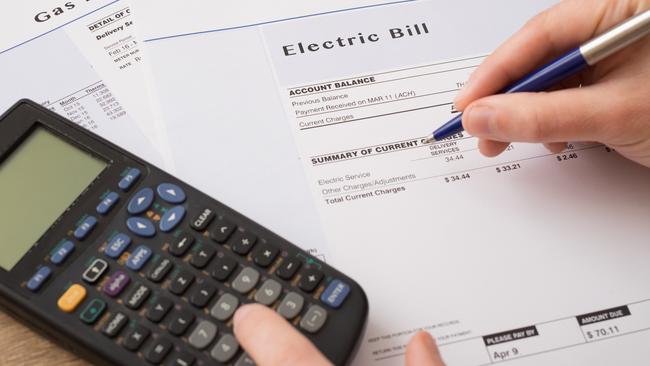Power bills for the average Victorian household will fall by $100
Victoria is going to buck a national trend when it comes power bills — here’s how you can capitalise.

Victoria
Don't miss out on the headlines from Victoria. Followed categories will be added to My News.
Power bills for the average Victorian household will fall by $100 over the next three years as electricity costs plummet to the lowest level in more than a decade.
The Australian Energy Market Commission forecasts the typical bill will be $1191 by 2024, down from $1290 in the last financial year, with Victorians set to save more than the residents of any other state except Queensland.
Victoria’s rapidly growing renewable energy sector is enabling the cost of living relief, reducing wholesale electricity prices by an estimated 39 per cent over the next three years.
But network costs — which make up 42 per cent of household bills — are set to rise by 7 per cent and accelerate even further over the next decade to pay for the poles and wires needed to connect new renewable generators to the power grid.
The commission’s report, to be released on Thursday, also reveals 95 per cent of Victorian customers are now on more competitive electricity market offers, although the 5 per cent who remain on standing offers could save up to $167 a year by shopping around.

With cost of living set to be a key issue at the next election, Energy and Emissions Reduction Minister Angus Taylor seized on the report, saying household power costs had already fallen 10 per cent under the Coalition after doubling under the former Labor government.
“Further falls in electricity prices will put more money in the hip pockets of families and households, critical as we recover from the impact of Covid,” Mr Taylor said.
Commission chair Anna Collyer said the Victorian forecast was based on the influx of 918 megawatts of power from new wind farms, 116 megawatts from new solar farms and 320 megawatts of extra battery storage over the next three years.
Nationwide, while almost 2500 megawatts of generation is expected to be mothballed by 2024, almost 5500 megawatts in new generation and storage will come online, on top of an extra 4130 megawatts of rooftop solar capacity.
“Integrating renewables in a smart way makes it possible to have both lower emissions and lower costs for consumers,” Ms Collyer said.
“This diversity of generation and storage across the (national electricity market) puts us in a strong position to manage the forecast retirement of ageing thermal generators and highlights the importance of being smart in how we connect resources to the grid.”





